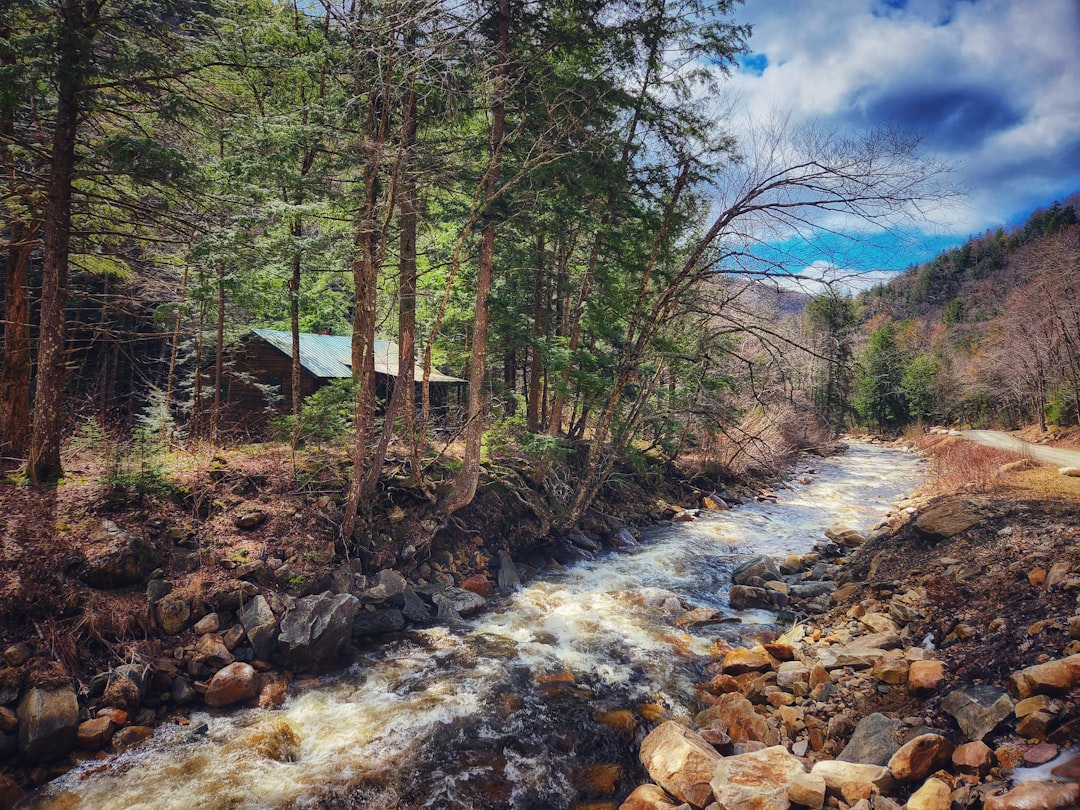

The Vermont real estate market displays significant local distinctions, affected by variables such as location, regional economic situations, and lifestyle choices.
In the northern areas, specifically around Burlington and Chittenden Area, the market tends to be much more affordable because of the visibility of educational institutions like the College of Vermont and tech-driven task opportunities.
Central Vermont, consisting of Montpelier and surrounding areas, typically sees a steadier pace in real estate transactions. This area attracts customers seeking a mix of country beauty and proximity to state government work.
Southern Vermont showcases a different dynamic completely. Areas like Brattleboro have a slower market with lower median home rates however attract those looking for imaginative areas and historic buildings.
The eastern component of the state along the Connecticut River typically has more budget friendly land compared to western areas near ski resorts like Stowe or Killington, where leisure tourist increases property values.
Understanding these regional variations can aid vendors tactically position their land offerings to attract proper purchaser sections effectively.
Vermont's real estate market experiences considerable variations due to its unique four-season climate. The vivid autumn vegetation not only attracts vacationers yet likewise increases interest in rural residential or commercial properties, as buyers look for attractive landscapes and seasonal homes.
Winter, with its heavy snowfall, has a tendency to slow the market for properties but can improve demand for vacation homes near ski resorts like Stowe and Killington.
Come springtime, the defrosting landscape restores rate of interest in agricultural land and homes with big gardens or acreage, pulling in customers eager to buy farming or outside activities.
Summer is possibly the busiest season for real estate deals; longer days and moderate weather condition make it excellent for residential property viewings, inspections, and relocating logistics.
Vendors frequently readjust their approaches based upon these seasonal fads—-- listing prices might be higher throughout peak seasons like summer and autumn when demand rises.
With fewer homes readily available available, potential purchasers frequently discover themselves in competitive bidding process circumstances, resulting in boosted residential property prices. This deficiency not just affects specific homebuyers yet likewise positions difficulties for those seeking to market Vermont land as there may be fewer interested designers or contractors willing to invest in the middle of a tight market. In addition, governing obstacles and zoning legislations can complicate brand-new building and construction tasks, even more intensifying the problem of restricted supply.
Vermont's property market is expected to see continued passion from out-of-state buyers, driven largely by the pursuit for even more roomy, scenic living settings. As remote job ends up being increasingly stabilized, extra professionals are likely to move to Vermont, looking for the balance of natural charm and quality of life it supplies.
The growing focus on sustainability will certainly form future developments in Vermont. Purchasers are becoming much more mindful of ecological influences, resulting in a surge popular for energy-efficient homes and homes with green qualifications. This pattern will certainly influence both new buildings and renovations of existing homes.
As a result of minimal land schedule and boosting demand, residential or commercial property evaluations in Vermont are predicted to climb progressively. Vendors can prepare for maximizing these trends as even more buyers look in the direction of Vermont for its unique mix of rustic appeal and modern features.


The strength of Vermont's local economic situation plays a significant role fit real estate trends. Task growth, wage degrees, and the visibility of vital markets such as tourist, farming, and modern technology directly effect demand for domestic and commercial homes. When the economy is robust, much more people and services are most likely to buy land and residential or commercial property, driving up prices.
Vermont experiences unique seasonal modifications that impact property task. The state's renowned fall foliage draws in vacationers and possible buyers searching for villa, while winter season sporting activities fanatics commonly look for residential or commercial properties near ski hotels. Alternatively, rough winters months can often wet market activity as relocating and construction end up being a lot more tough.
Zoning legislations, ecological regulations, and state-level plans also have a significant impact on the realty landscape in Vermont. Rigid land-use regulations focused on preserving all-natural charm can limit growth chances however might simultaneously enhance residential property worths by maintaining picturesque viewsheds and limiting overbuilding.
Property specialists have intimate expertise of the Vermont land market, including patterns and buyer preferences. Their neighborhood knowledge can provide beneficial understandings into what makes your home unique and just how to highlight its most appealing features.
By seeking advice from property professionals, you gain access to comprehensive relative market analyses. These comparisons enable you to set an affordable cost by analyzing similar buildings in your area that have been lately marketed or are presently on the market.
A seasoned real estate agent can provide calculated suggestions on pricing techniques customized to draw in major purchasers without undervaluing your land. Their experience in negotiations ensures that you make best use of the return on your financial investment while preserving a fair and affordable price point.


Initially, review the all-natural charm and ecological elements of your Vermont land. Consider any type of scenic views, water features like fish ponds or streams, and forested areas that can make the residential or commercial property extra attractive to potential purchasers.
Next, evaluate the ease of access and existing utilities on the home. Proximity to main roads, simplicity of accessibility during winter months, and available electrical energy or water lines can considerably impact a customer's rate of interest.
Check out just how close your land is to neighborhood facilities such as institutions, health care facilities, shopping centers, and leisure chances. Becoming part of a welcoming area with strong local services adds significant worth.
Last but not least, consider any kind of special historic or social value connected to the land. Features with historical landmarks or connections to Vermont’s rich heritage frequently bring in particular niche purchasers willing to pay a costs for these rare features.
Picking one of the most effective marketing channels is essential for offering Vermont land.
Focus on neighborhood property websites and particular niche systems that specialize in rural or farming residential or commercial properties. Sites like LandWatch, Land And Ranch, and also Vermont-specific classified websites can attract purchasers that are clearly looking for land in this region.
Leverage social networks networks such as Facebook, Instagram, and LinkedIn to get to possible customers. Use targeted ads to no in on customers interested in realty investment or those who have shown interest in residential properties similar to your own.
Don't neglect standard advertising techniques like paper listings, area bulletin boards, and local property agents. These reliable methods can still be extremely reliable within a market that likes offline searches.

The tight-knit communities in Vermont foster a sense of belonging and mutual support that enhances both personal well-being and property value through communal efforts and local initiatives.
Vermont's strong environmental regulations, scenic beauty, stable economy, and growing tourism industry make it a compelling location for real estate investment.
Vermont is known for its commitment to sustainability. Owning land here allows you to engage in eco-friendly practices such as organic farming, forestry management, and renewable energy projects.
Upcoming developments such as new transportation projects, commercial centers, and enhanced broadband internet access can significantly impact land values positively.